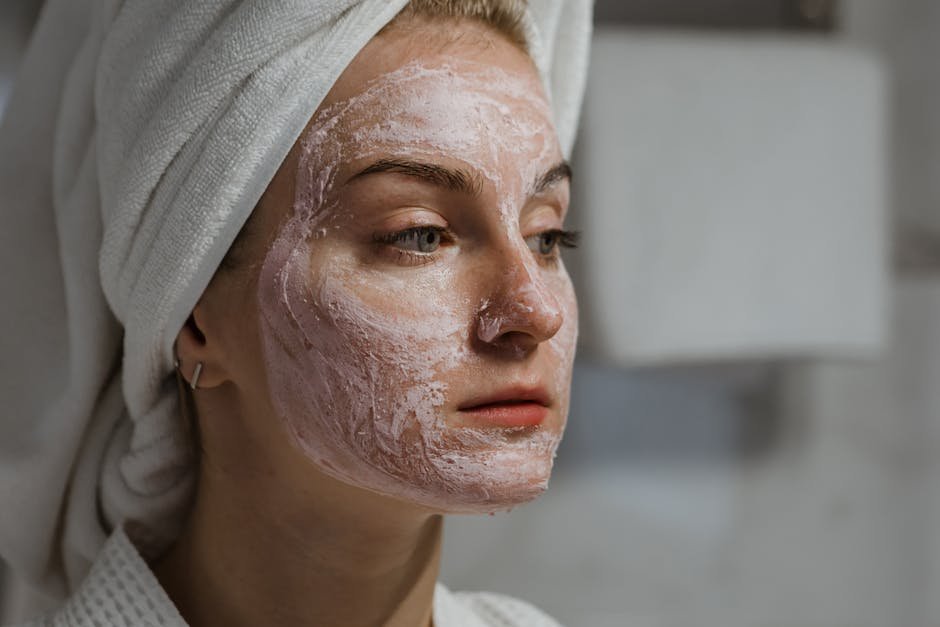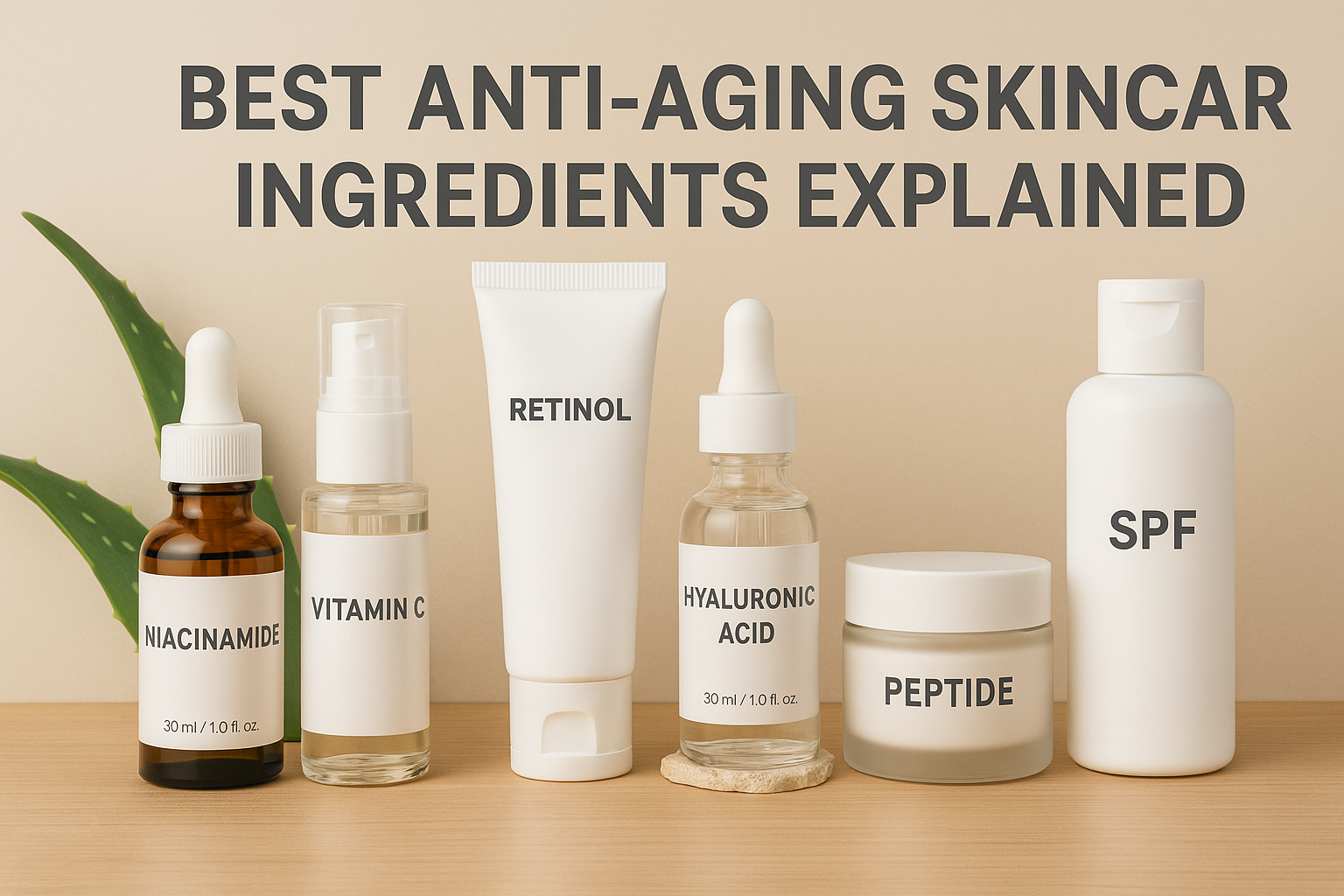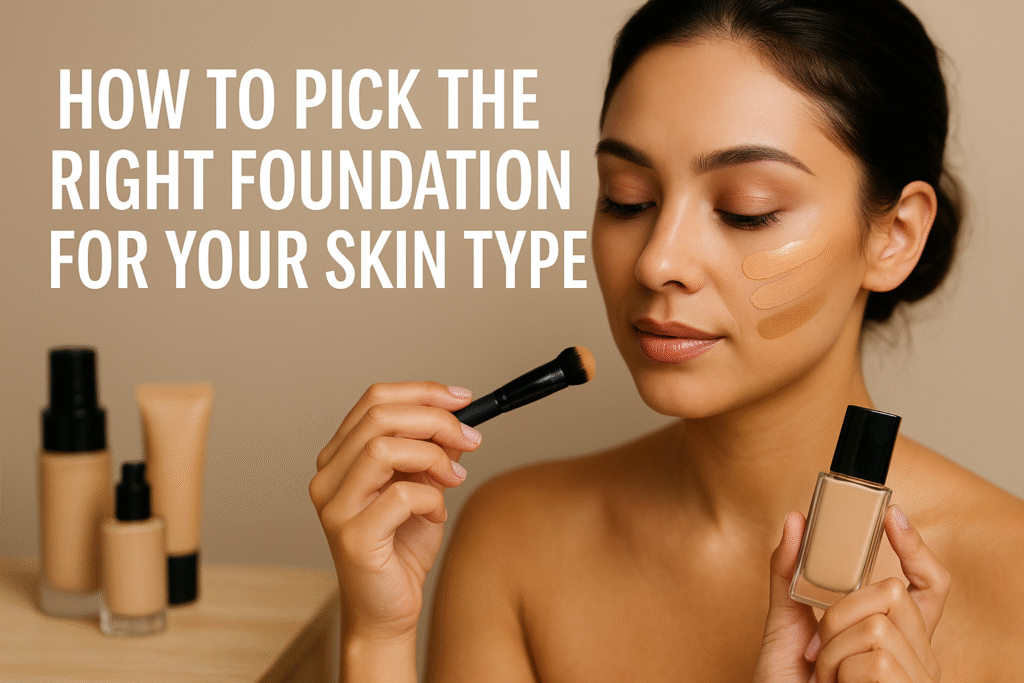There’s no magic product that stops time—but understanding which skincare ingredients are truly effective can help you age gracefully and confidently. The right actives can reduce wrinkles, improve firmness, boost hydration, and restore a radiant glow.
Here’s a clear, science-backed breakdown of the most effective anti-aging skincare ingredients and how to use them.
1. Retinol (Vitamin A)
What it does:
- Stimulates collagen production
- Reduces fine lines and wrinkles
- Fades dark spots and sun damage
- Improves skin texture and tone
How to use:
- Start with a low concentration (0.25%–0.5%)
- Apply at night only, followed by moisturizer
- Use SPF daily, as retinol increases sun sensitivity
Watch out for: Dryness, redness, and peeling during the first few weeks
2. Vitamin C (Ascorbic Acid)
What it does:
- Brightens dull skin
- Evens out pigmentation
- Protects against sun and pollution damage (antioxidant)
- Boosts collagen synthesis
How to use:
- Apply in the morning after cleansing and before moisturizer
- Choose a serum with 10–20% concentration for best results
- Store in a dark bottle and keep it away from heat/sun
Pairs well with: Sunscreen and niacinamide
3. Hyaluronic Acid
What it does:
- Draws moisture into the skin
- Plumps fine lines
- Smooths dehydrated skin instantly
- Boosts elasticity when used regularly
How to use:
- Apply to damp skin after cleansing
- Lock it in with a moisturizer
- Use morning and night for optimal hydration
Great for: All skin types, especially dry or mature skin
4. Niacinamide (Vitamin B3)
What it does:
- Minimizes enlarged pores
- Improves uneven tone
- Strengthens skin barrier
- Fights dullness and fine lines
How to use:
- Use once or twice daily
- Combine with vitamin C or hyaluronic acid
- Gentle enough for sensitive skin
Bonus: Reduces oil production—great for combination skin
5. Peptides
What they do:
- Signal your skin to produce more collagen and elastin
- Firm the skin and improve elasticity
- Reduce fine lines and sagging over time
How to use:
- Look for peptide serums or creams
- Apply after cleansing and before heavier moisturizers
- Use consistently for visible results over time
Best for: Preventing and reducing early signs of aging
6. AHAs (Alpha Hydroxy Acids)
Common types: Glycolic acid, lactic acid, mandelic acid
What they do:
- Exfoliate the skin’s surface
- Improve texture and radiance
- Fade hyperpigmentation and reduce fine lines
How to use:
- Start with a low percentage (5% or less)
- Use 1–3 times per week, preferably at night
- Always follow with SPF
Not recommended: For highly sensitive skin without patch testing
7. Ceramides

What they do:
- Restore the skin barrier
- Lock in moisture
- Reduce dryness and flakiness
- Soothe irritation
How to use:
- Found in moisturizers and creams
- Ideal for layering over active ingredients like retinol or acids
- Safe for all skin types, especially dry or damaged skin
8. SPF (Broad-Spectrum Sunscreen)
What it does:
- Protects against UVA (aging) and UVB (burning) rays
- Prevents wrinkles, spots, and loss of elasticity
- Maximizes the benefits of all other skincare steps
How to use:
- Apply every morning as the last skincare step
- Reapply every 2 hours if exposed to sun
- Use SPF 30+ for daily use; SPF 50+ for extended outdoor time
Non-negotiable: Daily SPF is the best anti-aging tool you can use!
Building an Anti-Aging Routine That Works
Morning:
- Cleanser
- Vitamin C serum
- Hyaluronic acid
- Moisturizer with ceramides
- Sunscreen
Night:
- Cleanser
- Retinol or peptides
- Niacinamide
- Moisturizer with ceramides or peptides
Start slowly and build your tolerance to active ingredients over time. Consistency—not perfection—is what delivers results.
Age Gracefully, Not Fearfully
Aging is natural—but that doesn’t mean you can’t support your skin in looking and feeling its best. These ingredients don’t promise miracles, but they do deliver real, visible results when used wisely.
You deserve a skincare routine that’s as smart and strong as you are.
You may also like this article…


